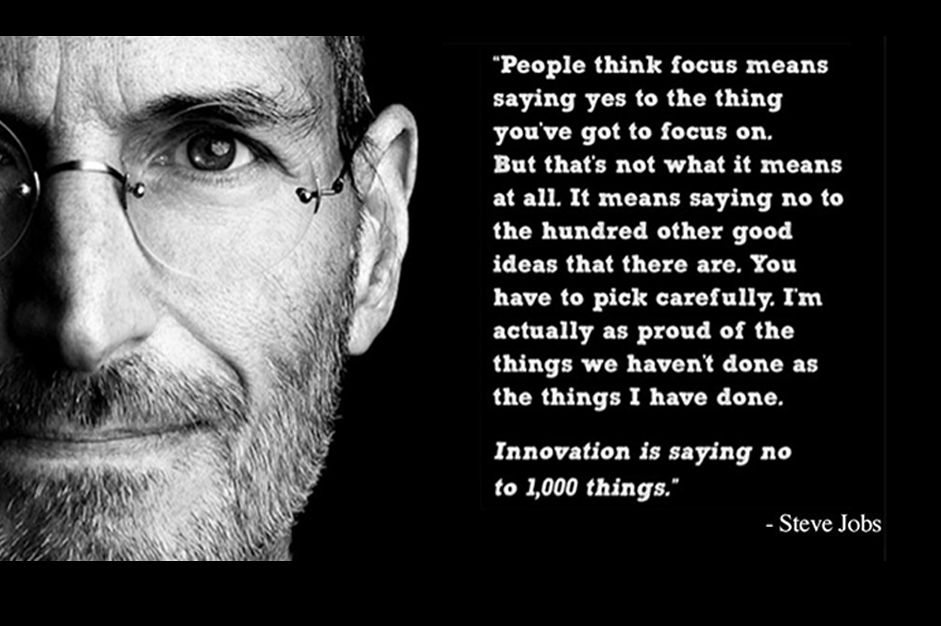In last week’s column, we discussed the importance of finding your “why” — the reason your company does what it does beyond making money. It’s wrapped around a higher purpose. The why is considered immutable.
The answer, we learned, comes from the customer’s perspective. Your why literally is correlated with the emotional center of your customers’ and employees’ brains. Find your why, we determined, and your company will connect more deeply with both.
Knowing your why, it’s time to turn to your “where” and “how.” They do not operate in a one-way linear process, but instead are iterative. The “where” and “how” can toggle back and forth until you find the aha! connection — the optimal matching.
Considering "Where" to focus
So where will your company focus its efforts? In what industry or industries? What geographies? What products and/or services? Who will be your best customers? Who will be your best employees? What is your marketing strategy?
Sometimes it may help to think of the wheres in reverse. Where will your company not focus? What industries will you ignore? What geographies are not good for you? What products or services will you not offer? Who will not be your best customers? Sometimes it's the best marketing strategy to stay away from markets.
There are a lot of wheres, a lot of variables. Consider mapping them out in a matrix format, perhaps on a whiteboard. Allow yourself to think outside your comfort zone. Recruit a cross section of your employees to help you explore and analyze your wheres and consider using an outside facilitator.
You must be prepared to sacrifice some of the wheres. Too many wheres mean too many variables, distractions and drains on resources. You cannot and should not be all things to all people. Sacrifice can lead to greater success.
Considering "How" to focus
Next we look at how. How will you compete and win with the wheres you’ve selected? How will you differentiate or position your product or service from your competition? “How” is the quest for your company, product or service position—the idea that differentiates you from your competition.
Based on the wheres you chose, you may find it difficult to establish a truly unique differentiator or position. If so, some reverse engineering may be necessary. Adjust the wheres until you find the most powerful how. This is where toggling, mentioned earlier, will help you to land in that sweet spot.
The most powerful how is found by looking at three measures. One is how different your offering is from your competition. Greater the difference is better. The second is how meaningful and relevant your offering is to your customers. Greater the meaning is better. And the third is how closely it is aligned with your “why.”
You might be thinking this sounds great if you’re Apple, Nike, Walmart, Starbucks or Google. And you’d be right. However, marketing strategy isn’t just for the big guys. Smaller businesses with a lot less money to spend need smart strategy too, even more so. The same principles apply to all of us — big or small, national, regional, or local.
Remember to start with finding your why. Then focus on where and how you can win in your marketplace. Be honest about your answers. Look for the opportunities and threats. Map it out. Marketing strategy can help.
In the end, properly played, you will have established focus. This focus will help guide decision-making throughout the organization. This focus becomes your lens for seeing things more clearly.
Done smartly and honestly, the why-where-how process means you will sacrifice some of your pursuits you might have previously thought worthy in your business. That’s a good thing because it means you understand your business' why and can use it to direct where and how you will focus your efforts and your resources.
Focus is critical to your success. Recall the Chinese proverb: If you chase two rabbits, both will escape.



